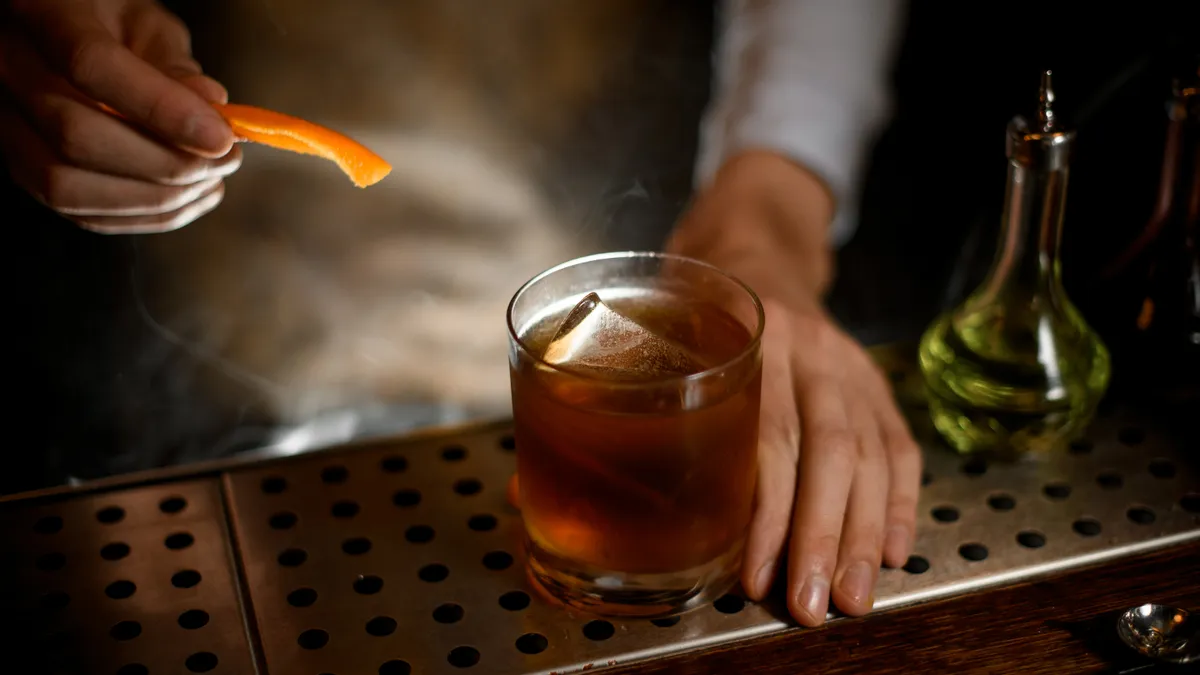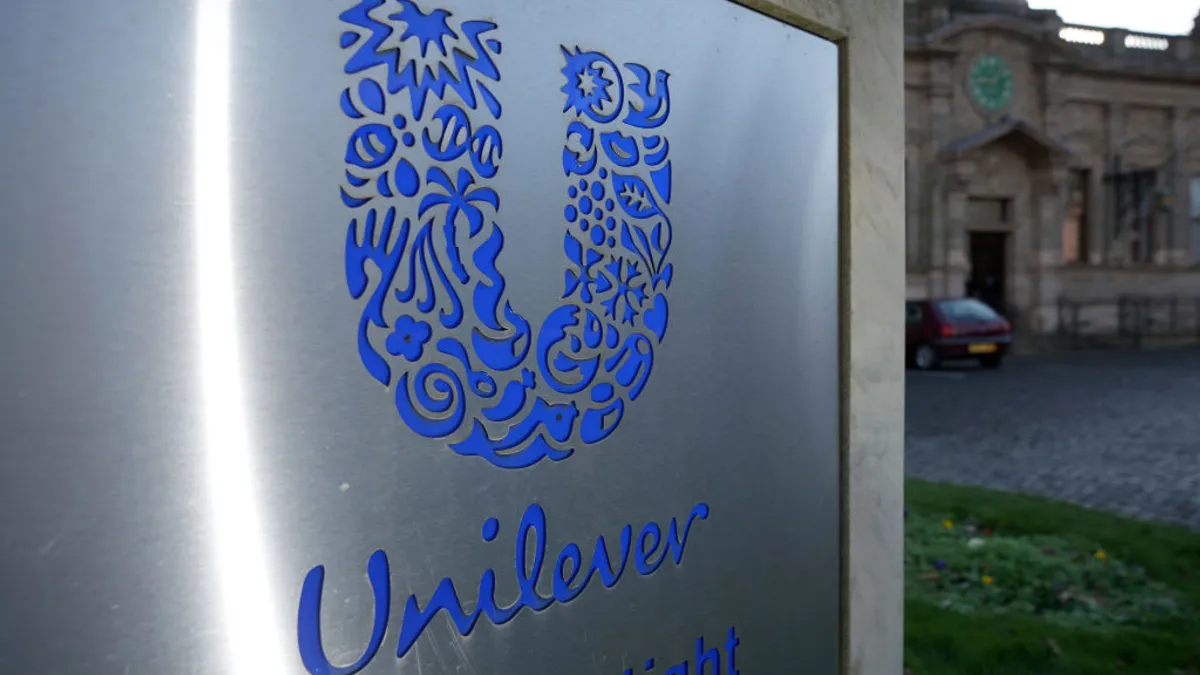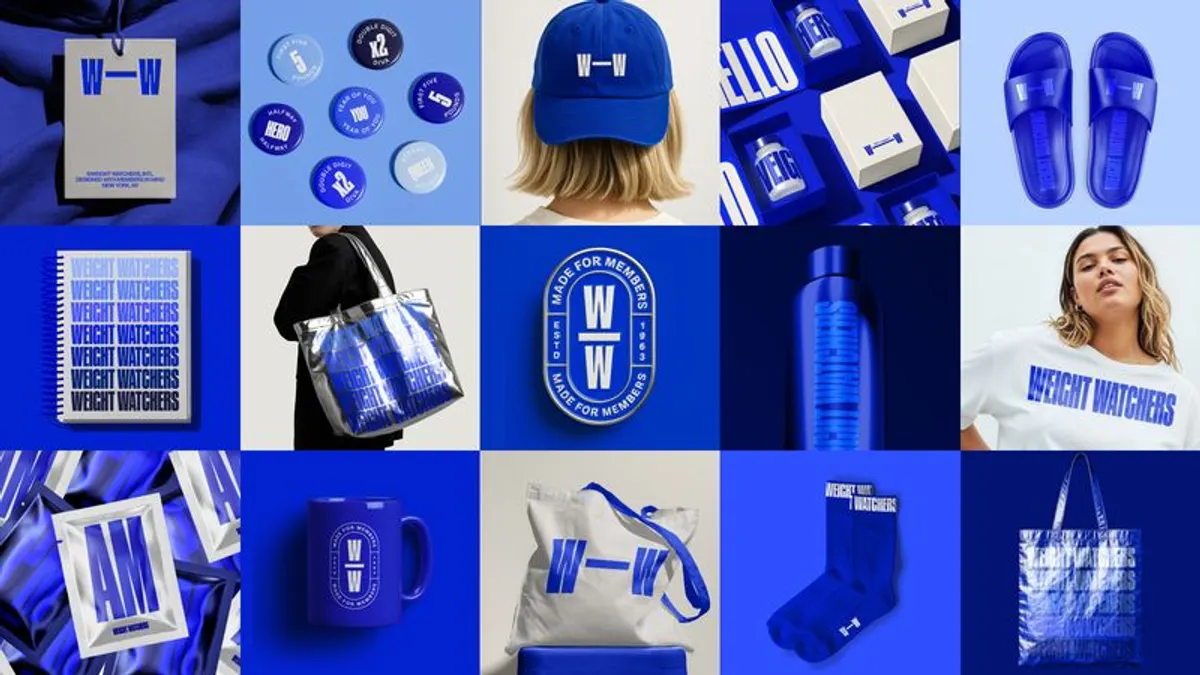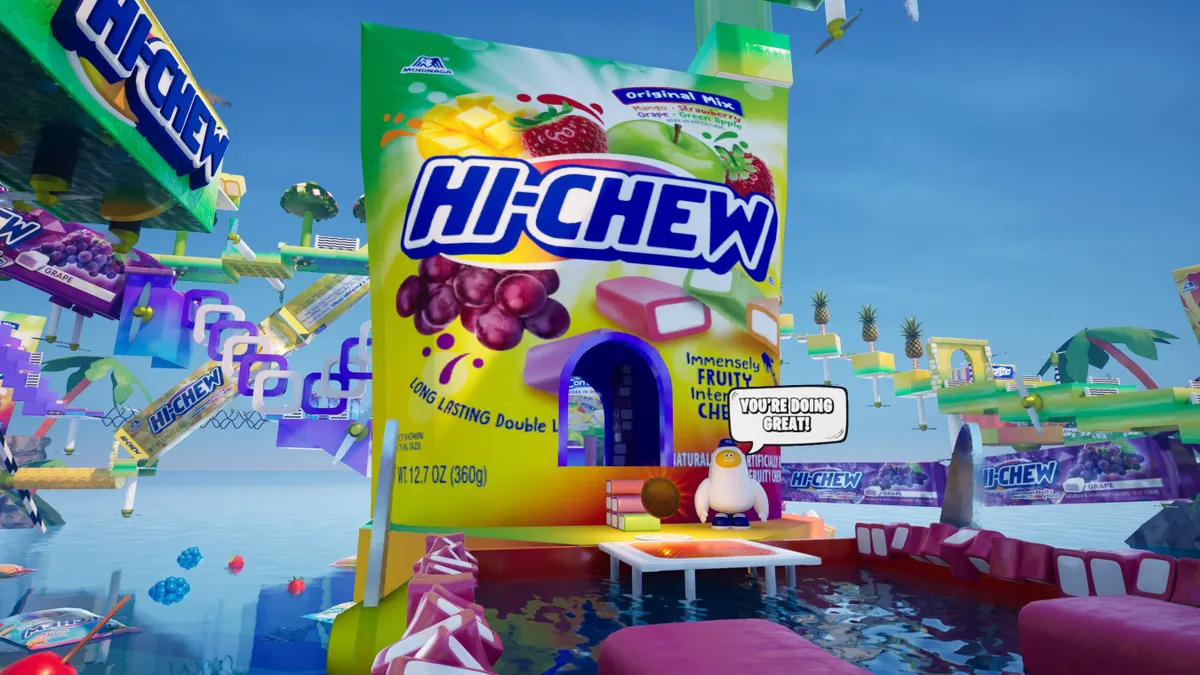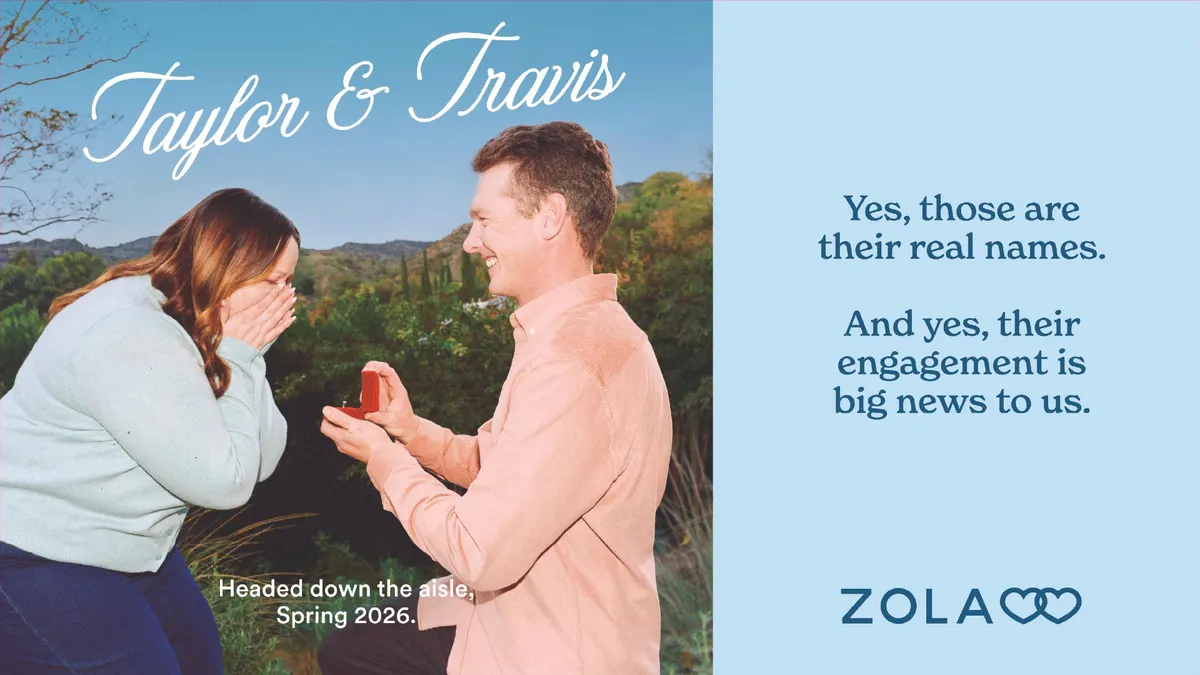Whiskey (or whisky depending on where it's from) is a drink with a rich history, but it may be primed for a marketing shakeup. Despite its longevity, whiskey has recently been riding a wave of renewed interest. By 2025, the market for the aged liquor is expected to grow by more than 37%, reaching $109 billion.
Legacy brands have repeatedly found themselves needing to reestablish their place in the marketplace as younger competitors vie for a piece of the pie. And while the whiskey industry is largely dominated by a few multinational conglomerates that own distilleries older than some countries, new, Instagram-savvy brands are raking in millennial dollars. Advertising will be essential for these older brands to remain relevant.
“As the whiskey industry is on the rise and as millennials continue to seek out differentiated brands and offerings, we’re going to continue to build mass awareness for our brands through paid, earned and owned tactics,” said Harvey Purchese, senior vice president of marketing at William Grant & Sons US, in an email exchange with Marketing Dive.
However, keeping brands relevant can be a challenge as millennials like novelty and newness. How do marketers repackage a drink that’s been commercialized for hundreds of years as something fresh? Especially one traditionally associated with mature white men?
The new consumer
In 1990, women represented 15% of whiskey drinkers in the U.S. By 2020, that number had grown to 30%. While women have been involved in distilling since the origins of whiskey, the number of female whiskey drinkers, in the U.S. at least, has been low. Millennial women have begun to break that mold.
Some brands are responding to this trend. Glenlivet, owned by Pernod Ricard, recently released a new campaign localized to Australia and New Zealand that specifically targets women. In the advertisement, actress Anna Paquin speaks directly to women, encouraging them to drink it however they like, whether that be in cocktails or — gasp — with ice (which many whiskey purists say takes away from the experience).
The boom in popularity among millennial women is largely driven by a rise in popularity among the cohort as a whole. Millennials love cocktails, and whiskey is the primary ingredient in many of them. For many, cocktails can be a gateway to larger whiskey appreciation. The taste of straight, aged spirits of any kind can be off-putting to consumers. However, gradually learning to appreciate the taste through cocktails and mixed drinks can help consumers make the jump to straight whiskey, which may help to lead consumers to premium-tier vintages.
Many brands are aware of the need to gradually introduce consumers to higher-end products. Most people aren’t going to spend the money on a mid- to premium-tier product only to mix it with vermouth and bitters. Which is one reason why large conglomerates such as Pernod Ricard, Diageo and William Grant & Sons produce budget-friendly whiskies that are made to be mixed.
One such example is Monkey Shoulder from William Grant. The blended Speyside Scotch whisky can be drunk on its own, but for less than $30, it’s an affordable option for mixing. The cheeky name also grabs consumer attention. This strategy has paid off, and Monkey Shoulder is reportedly one of the best-selling Scotch whiskies in the world. The made-for-mixing blend has lent itself to clever marketing campaigns, including a giant cocktail shaker made from a cement truck, according to Purchese.
Diageo has a very similar brand, the Singleton. Singleton is actually a partnership between three distilleries —Dufftown, Glendullan and Glen Ord. Singletons can command a range of prices, but tend to be on the cheaper side.
“Out of the legacy whisky brands in the Diageo portfolio, The Singleton of Glendullan is the gateway into the world of malts. At its core it is a great-tasting, premium single malt, but it is accessible and light, making it the perfect Scotch for novice drinkers,” said Jamie Young, director of single malts at Diageo North America in an email exchange with Marketing Dive.
Such introductory brands can help consumers develop a taste for whiskey. However, after a taste is developed, how do marketers get them to make the jump to higher-end products?
Educate, educate, educate
Ultimately, consumer acquisition comes down to education. Like any luxury product, consumers need to learn why a whiskey may be priced at $200 dollars, while another is priced at $50. Understanding the craftsmanship that goes into whiskey production may help consumers make that leap into higher-priced offerings.
However, consumer education is no easy thing. Making an investment in any luxury product can be intimidating, especially for younger consumers. On the plus side for distilleries is that millennials have already shown an interest in luxury goods, signaling they are prepared to spend more for a premium product.
Irish whiskey has seen an increase in popularity in recent years, with sales increasing by 16.3% in 2021. The sale of Irish whiskey has mostly been aligned around higher-end spirits. Since 2020, the sale of super-premium Irish whiskey brands has grown 9,102%. Some experts project that this number will continue to grow.
While the Irish whiskey category is dominated by Jameson, from Pernod Ricard, in the United States, smaller brands like Tullamore D.E.W. offer consumers a similarly-priced alternative. However, competing with a massive brand like Jameson is no easy task.
Tullamore D.E.W. owner William Grant & Sons has employed numerous marketing strategies to gain a foothold, including a partnership to correct the common misspelling of Saint Paddy’s Day and the ”Beauty of Blend” campaign, which showed people of all genders, ethnicities and ages bonding over Tullamore D.E.W.
“Tullamore D.E.W. is a perfect example of a brand that is a true challenger brand. We don't have the biggest budgets within the category, but we absolutely punch above our weight, we are the number two selling brand,” said Emily Ivers, director of challenger and enabler brands at William Grant in an interview with Marketing Dive.
Outside of Tullamore D.E.W., William Grant has taken other steps to educate consumers about premium offerings. A series developed in partnership with Questlove titled “Quest for Craft” has gathered millions of views on YouTube. During the series, celebrities such as Patti Smith and Micheal Che discuss why they’re good at what they do while drinking The Balvenie scotch, and how things such as time, go into the distilling and aging of The Balvenie.
Additionally, the brand has plans to redesign the packaging of its upper-scale Glenfiddich offerings known as The Grand Series range in order to better appeal to consumers while also educating them on the luxury nature of the bottle.
“There is a myth that consumers enter a single malt in the youngest age variant and then trade up through the ages. That is not true. New consumers enter the brands at all ages and price points” said Purchese.
Diageo is taking a similar approach. The brand has partnered with celebrities to help educate the masses such as YouTuber Binging with Babish, who currently has nearly 10 million subscribers, to educate younger consumers that not all aged, high-quality scotch is unapproachable or has to be drunk in a single way.
“Through these types of partnerships, we’re exposing younger consumers of legal drinking age who might have previously been intimidated by some of the untrue preconceptions about single malts — that they are all highly peaty, that they can never be mixed into drinks — to the truths of these liquids,” said Young.
RTD
While video campaigns and educational packaging is helpful, legacy whiskey is meeting millennials exactly where they are — which is drinking ready-to-drink (RTD) cocktails.
In 2021, RTD cocktails grew 126%, largely spurred by the COVID-19 pandemic. When going to the bar for a mixed drink was not an option, getting it in a can may be the next best thing. Even when bars began to reopen, sales of RTD cocktails continued to grow.
They also serve as a way to introduce consumers to new types of liquor. Instead of going to a bar and buying an expensive drink, consumers can get canned ones for much less. Once a taste for spirits such as rum, bourbon and whiskey are developed, young consumers may seek out the drink for themselves.
Pernod Ricard, Diageo and William Grant have all released their own spin on the RTD cocktail in hopes of capitalizing on the hype. Pernod Ricard released Jameson Ginger & Lime. Diageo has also taken steps to expand its RTD capabilities, going so far as to even open a $110 million canning facility.
“We’re excited to continue making whiskey more accessible to a larger group of consumers as we look at future innovations in RTD formats and in general. These new formats encourage consumers to try whiskey in contexts, whereas in the past it might have been reserved for special occasions,” said Pam Forbus, chief marketing officer of Pernod Ricard North America, in an email exchange with Marketing Dive.
William Grant released Batch & Bottle which, unlike Diageo and Pernod Ricard’s offerings, are “premixed,” not “premade.” They don’t come in cans, but in resealable bottles. Offerings include a Monkey Shoulder Lazy Old Fashion and a Glenfiddich Scotch Manhattan. Vodka and gin mixes are also available.
Batch & Bottle is positioned around delivering a premium experience, a middle point between a canned product and a distilled spirit. Additionally, the prominent placement of the whiskey on the bottle leads to an increased association for the consumer.
Cutting through the noise
Ultimately, a whiskey landscape filled with start-up brands and an expanding range of creative products means that brands need to work extra hard to cut through the noise. In the alcohol industry, brand loyalty is key, with nearly 40% of consumers sticking to a preferred brand for 10 years or more. That means standing out in a way that is meaningful to young consumers is going to be of top importance. Social media and purpose-driven marketing may be the way to do that.
Diageo is seeking to gain millennial favor with familiar faces. They’ve partnered with Nick Offerman of “Parks and Recreation” fame to promote Lagavulin, a 200-year-old Isly Scotch whisky. During the short spots, Offerman, while playing himself, delivers lines with the same dry humor of Ron Swanson, the cranky government employee of the Pawnee Parks and Recreation department from “Parks and Recreation.” The series was a hit with millennials, and the familiar face is bound to strike a chord with viewers. The distillery even made an appearance in the show, a highlight of Europe-hating Ron Swanson’s trip to Scotland.
Creative marketing campaigns and social media pushes are cornerstones of William Grant’s and Pernod Ricard’s strategy as well as they look to engage a new generation of drinkers. In some cases, this means launching brands focused specifically on millennials. Pernod Ricard has Rabbit Hole, an American distillery founded in 2012 churning out bourbon and rye in Kentucky. Diageo has Copper Dog, a blended Speyside whisky and William Grant has several experimental brands, such as Fistfull of Bourbon and Aerstone.
“The category has also traditionally lacked innovation, which is something our brands, specifically across the US whiskey portfolio, are trying to change,” said Pernod Ricard’s Forbus.
“By evolving and adapting our brands with creative and unique marketing and public relations tactics, we’re confident that we’ll continue to reach both current and new audiences,” said William Grant & Sons’ Purchese. “Building awareness at scale, we lean into cultural insights and trends with new campaigns as those insights are extremely important to reach younger demographics and will allow us to stay relevant in the growing spirits industry.”


